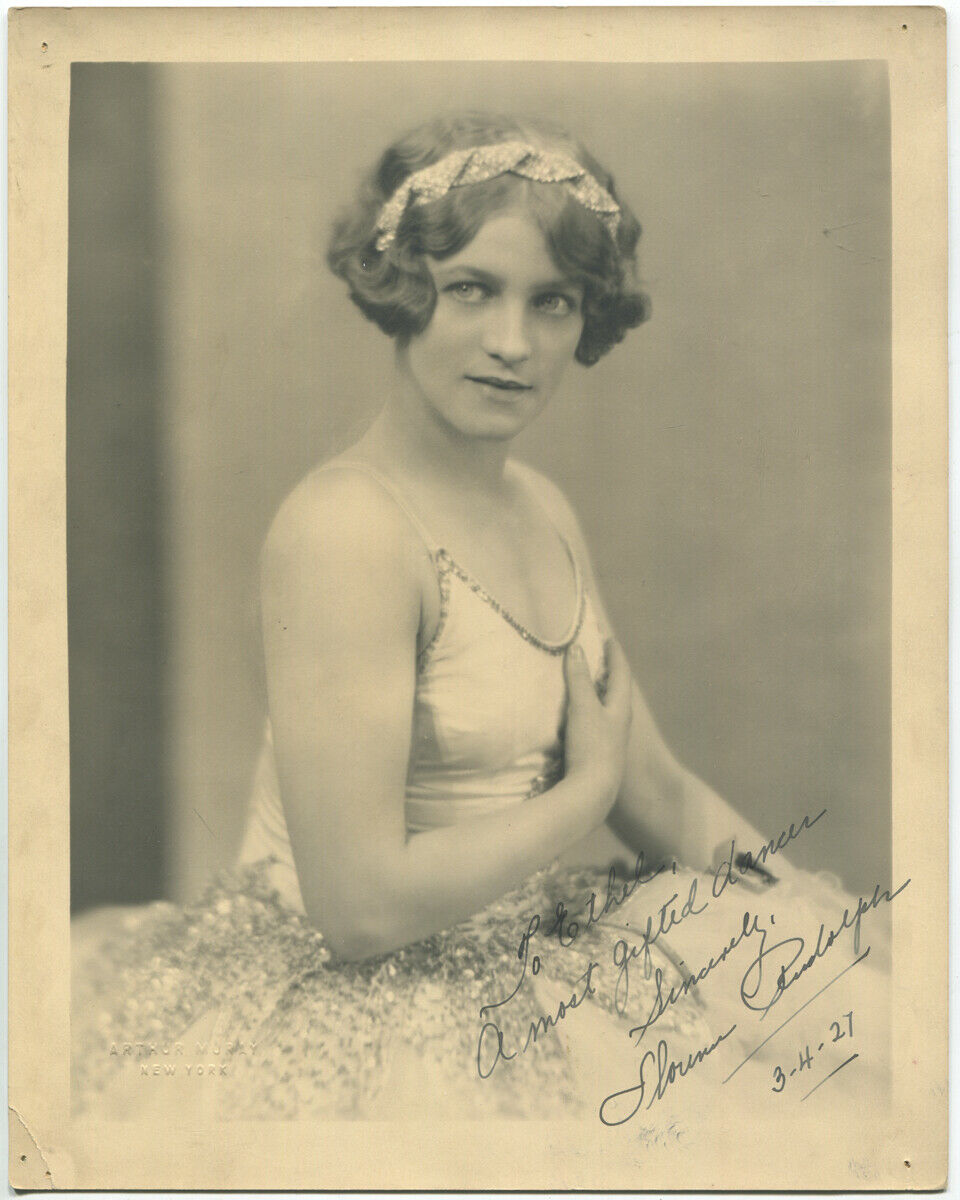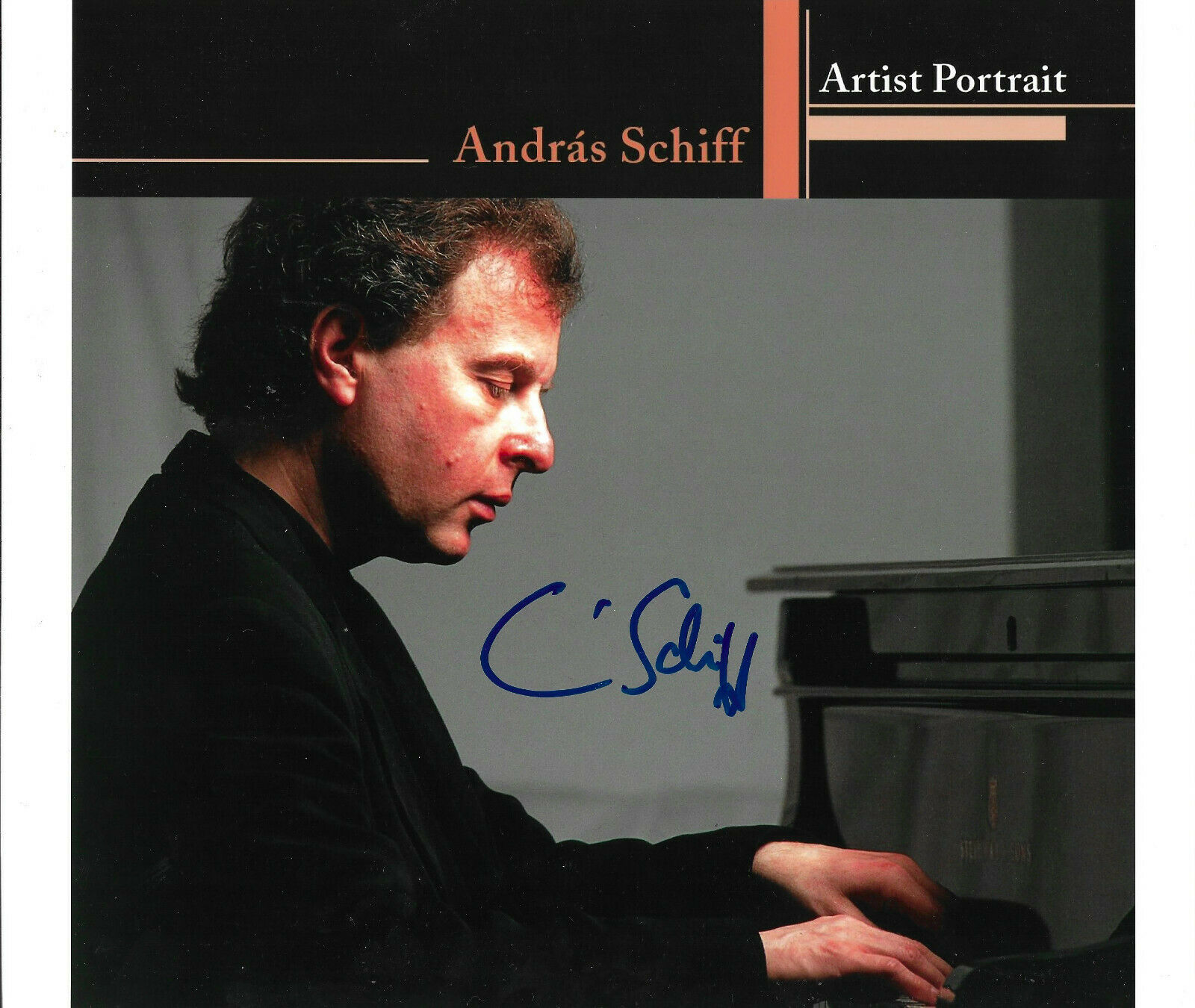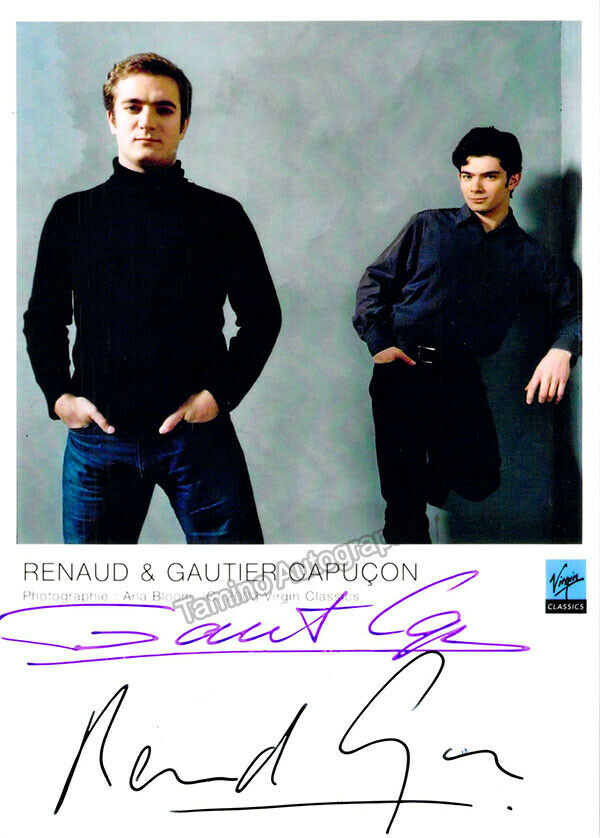-40%
RARE! "Prima Ballerina" Anna Pavlova Hand Signed Holiday Card Todd Mueller COA
$ 686.39
- Description
- Size Guide
Description
Up for auction a RARE! "Prima Ballerina" Anna Pavlova 7X5 Hand Signed Holiday Card By Eveline Maydell. This item is certified authentic by Todd Mueller Autographs and comes with their Certificate of Authenticity.ES-4104E
Anna Pavlovna Pavlova
(English:
/ˈpævləvə, pɑːvˈloʊvə, pæv-/
PAV-lə-və, pahv-LOH-və, pav-
,
Russian
:
Анна Павловна Павлова
[ˈanːə ˈpavləvnə ˈpavləvə]
), born
Anna Matveyevna Pavlova
(
Russian
:
Анна Матвеевна Павлова
[ˈanːə mɐtˈvʲe(j)ɪvnə ˈpavləvə]
; February 12 [
O.S.
January 31] 1881 – January 23, 1931), was a Russian
prima ballerina
of the late 19th and the early 20th centuries. She was a principal artist of the
Imperial Russian Ballet
and the
Ballets Russes
of
Sergei Diaghilev
. Pavlova is most recognized for her creation of the role of
The Dying Swan
and, with her own company, became the first ballerina to tour around the world, including South America, India and Australia.
Anna Matveyevna Pavlova was born in the
Preobrazhensky Regiment
hospital,
Saint Petersburg
where her father Matvey Pavlovich Pavlov served. Some sources say that her parents married just before her birth, others — years later. Her mother Lyubov Feodorovna Pavlova came from peasants and worked as a laundress at the house of a Russian-Jewish banker
Lazar Polyakov
for some time. When Anna rose to fame, Polyakov's son Vladimir claimed that she was an illegitimate daughter of his father; others speculated that Matvey Pavlov himself supposedly came from
Crimean Karaites
(there is even a monument built in one of
Yevpatoria
's
kenesas
dedicated to Pavlova), yet both legends find no historical proof. Anna Matveyevna changed her patronymic to Pavlovna when she started performing on stage.
Pavlova was a
premature child
, regularly felt ill and was soon sent to the
Ligovo
village where her grandmother looked after her. Pavlova's passion for the art of
ballet
took off when her mother took her to a performance of
Marius Petipa
's original production of
The Sleeping Beauty
at the
Imperial Maryinsky Theater
. The lavish spectacle made an impression on Pavlova. When she was nine, her mother took her to audition for the renowned
Imperial Ballet School
. Because of her youth, and what was considered her "sickly" appearance, she was rejected, but, at age 10, in 1891, she was accepted. She appeared for the first time on stage in
Marius Petipa
's
Un conte de fées
(
A Fairy Tale
), which the ballet master staged for the students of the school. Young Pavlova's years of training were difficult.
Classical ballet
did not come easily to her. Her severely arched feet, thin ankles, and long limbs clashed with the small, compact body favoured for the ballerina of the time. Her fellow students taunted her with such nicknames as
The broom
and
La petite sauvage
. Undeterred, Pavlova trained to improve her technique. She would practice and practice after learning a step. She said, "No one can arrive from being talented alone. God gives talent, work transforms talent into genius." She took extra lessons from the noted teachers of the day—
Christian Johansson
,
Pavel Gerdt
,
Nikolai Legat
—and from
Enrico Cecchetti
, considered the greatest ballet virtuoso of the time and founder of the
Cecchetti method
, a very influential ballet technique used to this day. In 1898, she entered the
classe de perfection
of
Ekaterina Vazem
, former
Prima ballerina
of the Saint Petersburg Imperial Theatres. During her final year at the Imperial Ballet School, she performed many roles with the principal company. She graduated in 1899 at age 18, chosen to enter the Imperial Ballet a rank ahead of
corps de ballet
as a
coryphée
. She made her official début at the Mariinsky Theatre in Pavel Gerdt's
Les Dryades prétendues
(
The False Dryads
). Her performance drew praise from the critics, particularly the great critic and historian Nikolai Bezobrazov. In the first years of the
Ballets Russes
, Pavlova worked briefly for
Sergei Diaghilev
. Originally, she was to dance the lead in
Mikhail Fokine
's
The Firebird
, but refused the part, as she could not come to terms with
Igor Stravinsky
's avant-garde score, and the role was given to
Tamara Karsavina
. All her life, Pavlova preferred the melodious
"musique dansante"
of the old maestros such as
Cesare Pugni
and
Ludwig Minkus
, and cared little for anything else which strayed from the salon-style ballet music of the 19th century.










